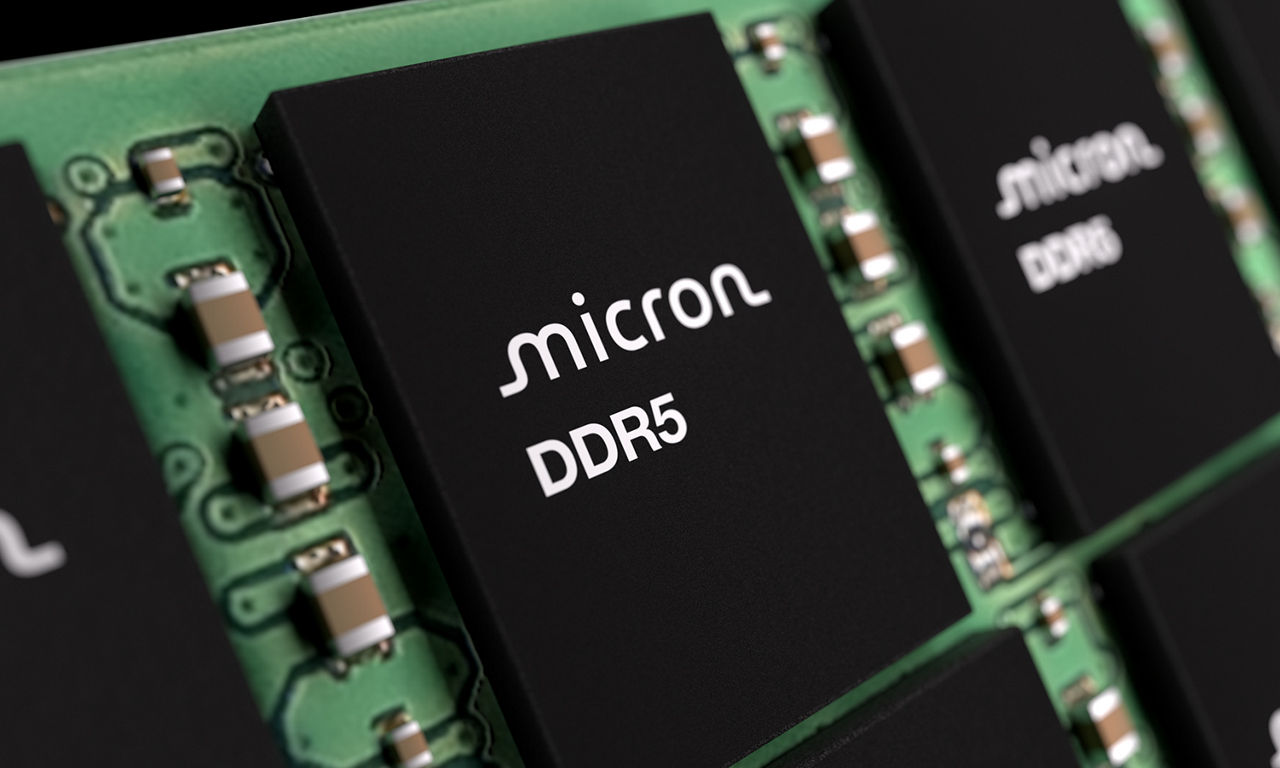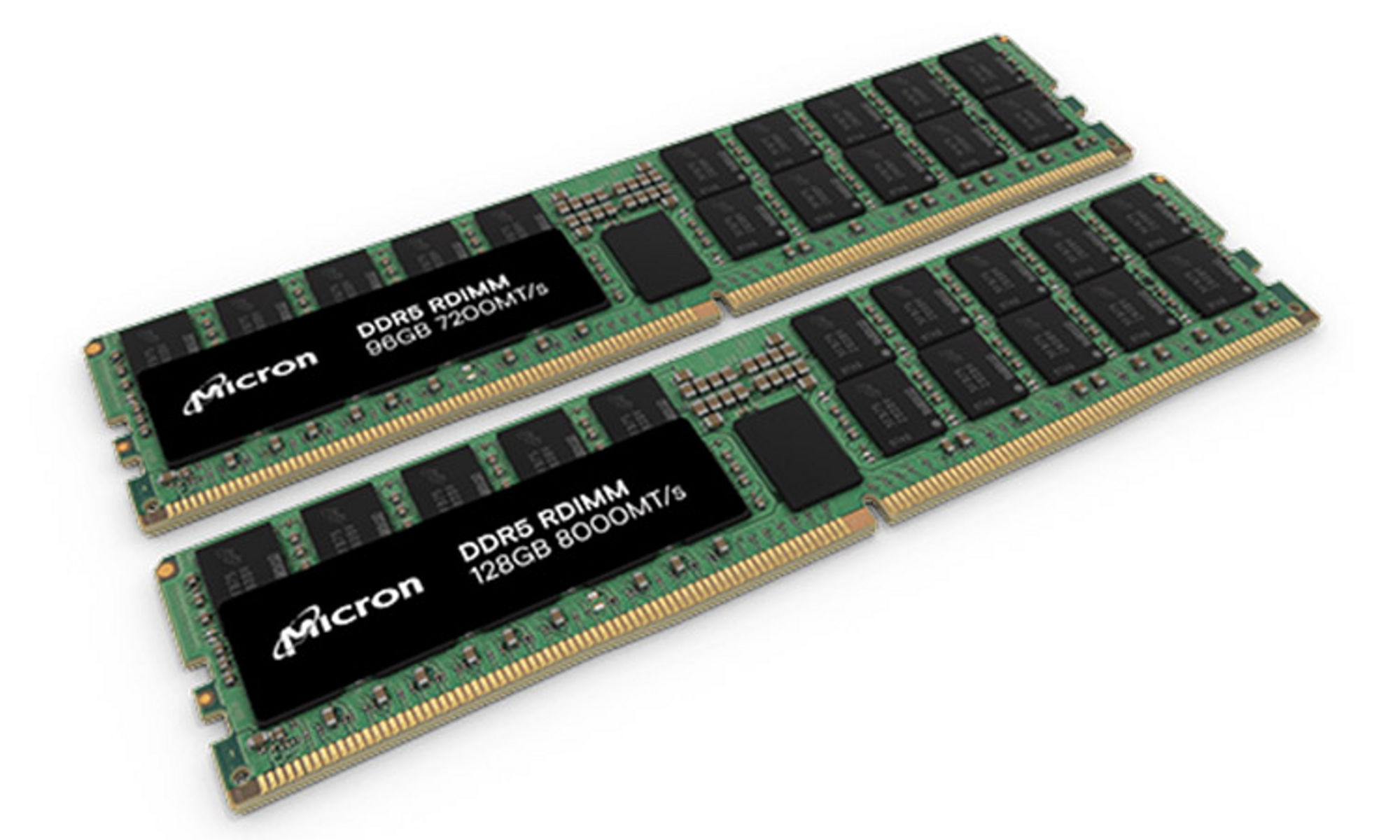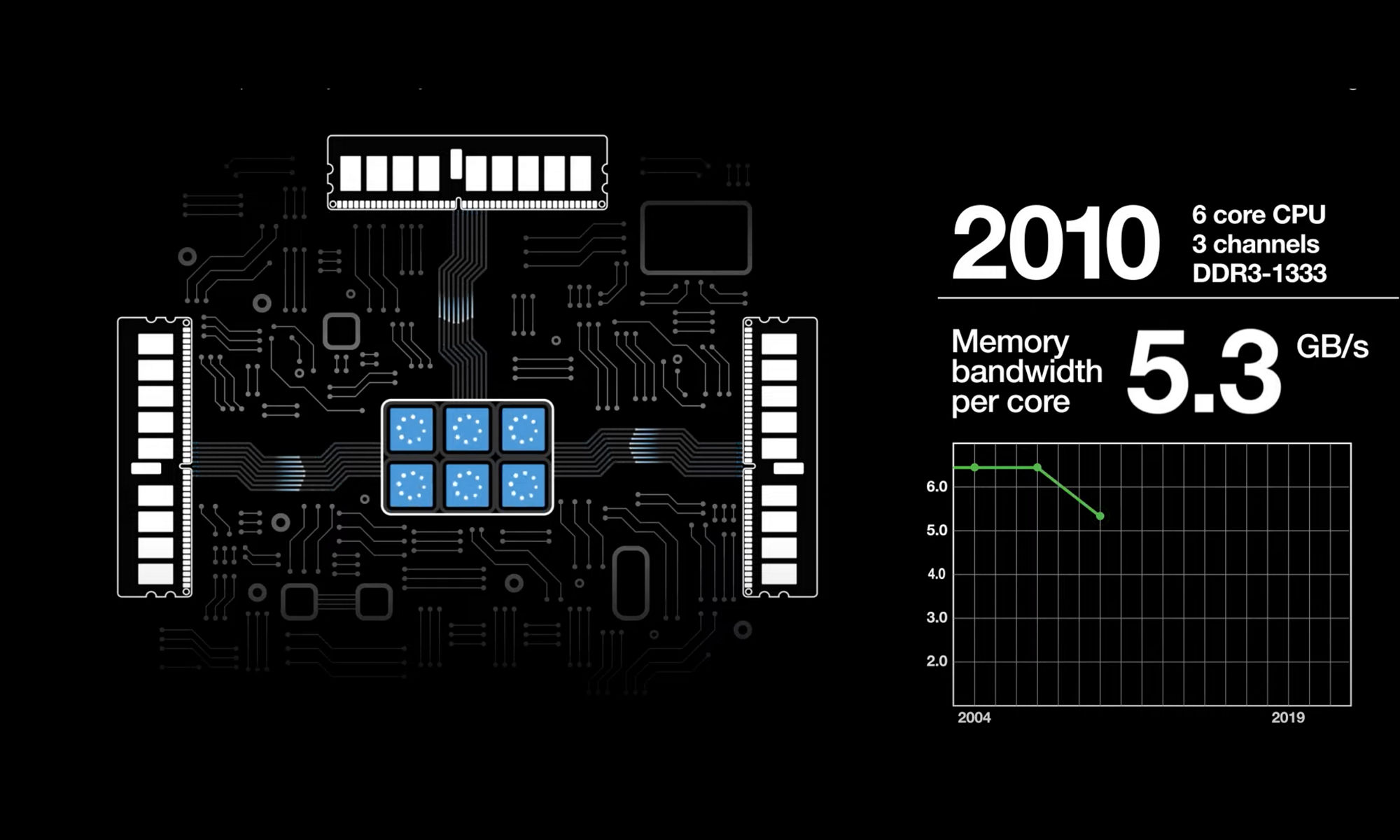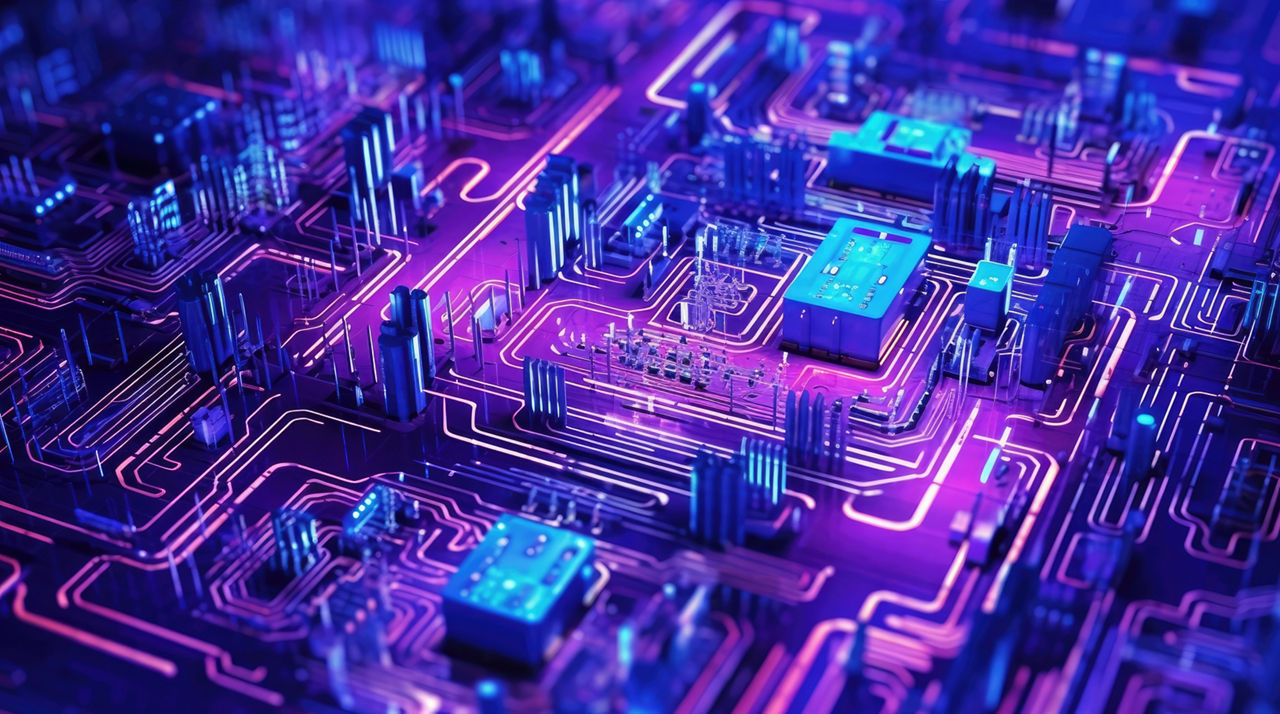Login / Register

Details
The advantages of DDR5
Benefits
Featured resources
Advantages of migrating to DDR5
DDR5 is the next evolution in DRAM, bringing a robust list of new features geared to increase reliability, availability and serviceability (RAS); reduce power; and dramatically improve performance. See below for a list of some of the key feature differences between DDR4 and DDR5.
| Feature/Option | DDR4 | DDR5 | DDR5 Advantage | |
|---|---|---|---|---|
| Data rates | 600-3200MT/s | 4800-8800MT/s | Increases performance and bandwidth | |
| VDD/VDDQ/VPP | 1.2/1.2/2.5 | 1.1/1.1/1.8 | Lowers power | |
| Internal VREF | VREFDQ | VREFDQ, VREFCA, VREFCS | Improves voltage margins, reduces BOM costs | |
| Device densities | 2Gb-16Gb | 16Gb, 24Gb, 32Gb | Enables larger monolithic devices | |
| Prefetch | 8n | 16n | Keeps the internal core clock low | |
| DQ receiver equalization | CTLE | DFE | Improves opening of the received DQ data eyes inside the DRAM | |
| Duty cycle adjustment (DCA) | None | DQ and DQS | Improves signaling on the transmitted DQ/DQS pins | |
| Internal DQS delay monitoring |
None | DQS interval oscillator | Increases robustness against environmental changes | |
| On-die ECC | None | 128b+8b SEC, error check and scrub | Strengthens on-chip RAS | |
| CRC | Write | Read/Write | Strengthens system RAS by protecting read data | |
| Bank groups (BG)/banks |
4 BG x 4 banks (x4/x8) 2 BG x 4 banks (x16) |
8 BG x 4 banks (16-64Gb x4/x8) 4 BG x 4 banks (16-64Gb x16) |
Improves bandwidth/performance | |
| Command/address interface | ODT, CKE, ACT, RAS, CAS, WE, A<X:0> | CA<13:0> | Dramatically reduces the CA pin count | |
| ODT | DQ, DQS, DM/DBI | DQ, DQS, DM, CA bus | Improves signal integrity, reduces BOM costs | |
| Burst length | BL8 (and BC4) | BL16 (and BC8 OTF) | Allows 64B cache line fetch with only 1 DIMM subchannel. | |
| MIR (“mirror” pin) | None | Yes | Improves DIMM signaling | |
| Bus inversion | Data bus inversion (DBI) | Command/address inversion (CAI) | Reduces VDDQ noise | |
| CA training, CS training | None | CA training, CS training | Improves timing margin on CA and CS pins | |
| Write leveling training modes | Yes | Improved | Compensates for unmatched DQ-DQS path | |
| Read training patterns | Possible with the MPR | Dedicated MRs for serial (userdefined), clock and LFSR -generated training patterns | Makes read timing margin more robust | |
| Mode registers | 7 x 17 bits | Up to 256 x 8 bits (LPDDR type read/write) | Provides room to expand | |
| PRECHARGE commands | All bank and per bank | All bank, per bank, and same bank | PREsb enables precharging a bank in each BG | |
| REFRESH commands | All bank | All bank and same bank | REFsb enables refreshing a bank in each BG | |
| Loopback mode | None | Yes | Enables testing of the DQ and DQS signaling |
Frequently asked questions
No, DDR5 server memory and DDR4 motherboards are incompatible. DDR5 will only fit in DDR5 server motherboards for all CPUs (central processing units) released into the market after October 2022. DDR5 is designed for data-intensive workloads like generative AI, machine learning, deep learning and other workloads running complex algorithms.
Both! Micron uses the megatransfers per second (MT/s) unit when referring to the transfer rate of the memory. The use of megahertz (MHz) is appropriate when talking about the actual clock speed of the memory. Because all DDR memory technology, including DDR5, is “double data rate,” transfers occur on both the rise and fall of the clock edge. Therefore, the fastest DDR4 memory is measured as 3200MT/s or 1600MHz. While DDR4 transfer rates range from 1866MT/s to 3200MT/s, Micron DDR5 produces 4800MT/s and 5600MT/s rates. All 2024 CPUs (central processing units) will be capable of 6400 to 8800MT/s.
As the next evolution in DRAM (dynamic random-access memory), DDR5 enhances data processing applications that require substantial amounts of memory bandwidth, such as machine learning, artificial intelligence and big data analytics. DDR5 offers faster speeds, immediately delivering an 85% or higher increase in performance over DDR4. With a data rate (speed) range of 4800 to 8800MT/s, DDR5 delivers higher-performance memory and is geared to increase reliability, availability and serviceability (RAS).
- More performance: DDR5 run speeds start at 4800MT/s while DDR4 offers a maximum speed of 3200MT/s. As a result of this increase, we see two times the performance in HPC (high-performance compute) workloads. In the case of deep learning, Micron DDR5 memory delivers up to five times the performance of DDR4.
- Improved reliability: ODECC (on-die error correction code) detects all single- and double-bit error codes and resolves single-bit error codes before sending them to the host CPU/GPU. ODECC is an evolution included in the DDR5 specification that is designed to improve customer quality and enable future scaling.
- Total cost of ownership: Our Micron 96GB DDR5 DRAM technology is optimized for TCO (total cost of ownership) in enterprise and cloud service provider environments. Micron DDR5 memory is validated and available in 16/32/64GB and 24/48/96GB capacities.
For more information and an overview of the differences, see our side-by-side assessment of DDR5 vs. DDR4.
Yes, as data centers move to support the more complex algorithms used for AI training, DDR5 is superior to DDR4 in the following ways:
- Micron DDR5 server DRAM nearly doubles the performance of DDR4. Unlike DDR4, DDR5 is optimized to increase server and workstation performance by 85% or more. First introduced in 2014, DDR4 can no longer keep up with the demands of the data center. With more instances of actively running virtual machines on a single platform, DDR5 technology relieves the bandwidth-per-core memory crunch and increases the performance and responsiveness of virtualized applications.
- With new module densities of 96GB, DDR5 boosts the maximum capacity of a high-performance server by 50%. This provides additional computational space without having to purchase additional servers.
- Micron builds DDR5 server memory with power management integrated circuits (PMICs) on the module, meaning that customers are not paying for power management of the entire system. This design can initially mean a lower overall cost to power DDR5 servers compared to DDR4 servers when some system slots are left open. Micron server memory is high quality and typically less expensive than OEM server memory.
- Micron DDR5 server memory delivers higher bandwidths along with improved reliability, availability and scaling than DDR4. It is 100% component- and module-tested to mission-critical server standards and optimized for the next-generation Intel® and AMD® DDR5 server and workstation platforms. As one of three major memory manufacturers, Micron tests and validates our DDR5 server memory to work with all major DDR5 server platforms.
No. There is a significant installed base and need for continued support of DDR4 for many years to come. Micron plans to continue manufacturing DDR4 using our 1α (1-alpha) node, as we did with DDR3 when DDR4 was first introduced.
DDR5 offers benefits in many applications and is best suited for maximizing DDR5 server and workstation performance for AI, deep learning, high-performance computing (HPC), cloud computing, virtualized supercomputing, and in-memory database applications that demand the highest-speed real-time memory available.
HPC workloads are notably memory-bandwidth hungry, and the lack of sufficient memory bandwidth often constrains their performance. These complex workloads focus on solving some of humankind’s most challenging problems, including weather and climate simulations, seismic modeling, and physics, chemical and biological analysis. Micron DDR5 performs two times better for molecular dynamics, weather research and forecast, and OpenFOAM workloads.
These workloads also highlight the types of simulations, predictions and models of complex systems with large datasets that are often grouped with AI and other data analytics to support complex workflow analysis for both business and science. Their use helps reduce development time and costs in a broad range of applications.
DDR5 operates at a voltage of 1.1 volts, compared to 1.2 volts for DDR4, significantly reducing power consumption.
Micron works closely with industry leaders in CPU and platform development and with leading system and motherboard manufacturers to enable the next level of memory technology. Micron is a proven industry leader with the innovative expertise to not just sell but also engineer quality memory products for servers — from start to finish. Micron 96GB DDR5, our high-capacity DIMM using single-die packaging, is 60% lower in cost and uses 4% less power than competitive 128GB DDR5 memory.
Initial DDR5 memory module prices are expected to be higher than those for DDR4 (50% more) while the new technology ramps into full production. Over time, the cost is expected to come down, but each DDR5 module includes a small power management integrated circuit, which was moved from a single large circuit on the motherboard. This move, along with the component voltage drop from 1.2V to 1.1V, improves power management and could lower overall system costs over time. In addition, because DDR5 provides an estimated 85% performance improvement, upgrading may effectively reduce overall TCO.
AMD introduced 4th Gen EPYC processors in October 2022, and Intel introduced 4th Gen Xeon processors in January 2023. These products support DDR5 memory. Check with your favorite system vendor to take advantage of this game-changing technology in your data center.
When implementing DDR5, factors such as compatibility and TCO need to be considered. Our technical team can answer any questions or concerns related to needs. Contact us for more information.
2. Currently sampling to ecosystem partners.
3. https://www.dell.com/en-us/blog/leading-sap-hana-performance-by-dell-poweredge-r760-servers/







